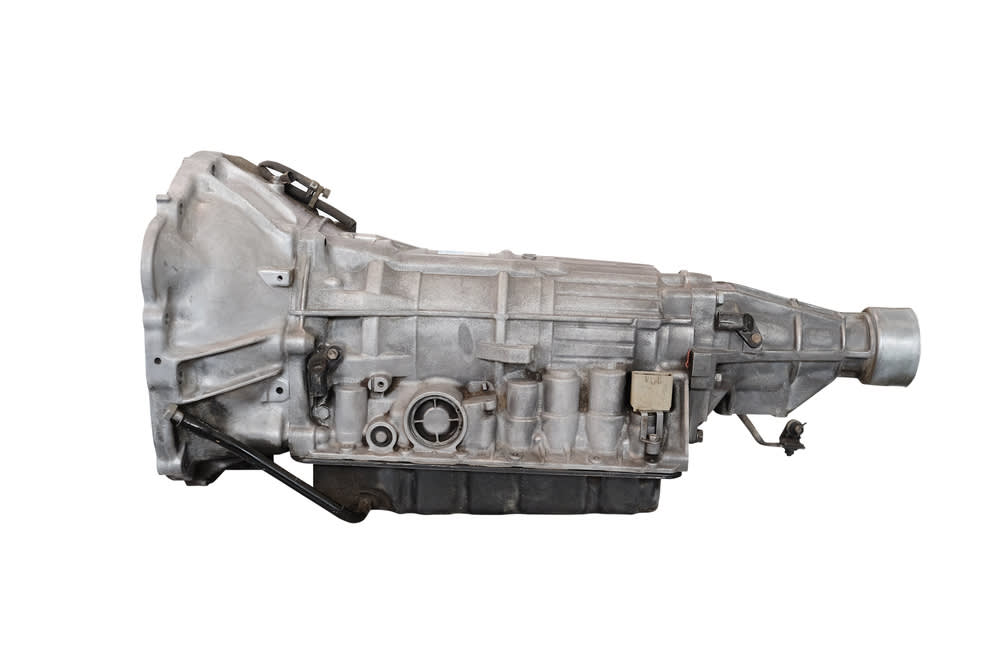So what exactly is a speed sensor and what purpose does it serve? Well, to start there are a number of different types of sensors and most are used by multiple vehicle systems. Modern vehicles use multiplexing to share vehicle speed information between modules.
For example, the Variable Assist Power Steering (VAPS) system uses Vehicle Speed Sensor (VSS) input to regulate power steering pressures for higher assist at slow speeds, making parking lot maneuvers easier to perform. The Anti-Lock Brake System (ABS) uses VSS information to determine when a wheel is locked up and releases pressure to that wheel to maintain directional stability. Some vehicles use seperate sensors for the ABS, but it is common that the computer uses the information from the wheel sensors to act as a VSS. For example, many newer Ford vehicles use a rear axle mounted speed sensor for both ABS and computer related vehicle speed functions. Instrument Cluster (IC) and Hybrid Electric Cluster (HEC) modules use vehicle speed info for speedometer operation.
- The vehicle speed sensor outputs a 4 pulse signal for every revolution of the rotor shaft, which is rotated by the transmission output shaft via the driven gear. After this signal is converted into a more precise rectangular waveform by the waveform shaping circuit inside the combination meter, it is then transmitted to the Engine Control.
- Ford Vehicles Diagrams, Schematics and Service Manuals - download for free! Including: 1957 ford thunderbird wiring diagram, 1960 ford falcon 6 cylinder wiring diagram, 1960 ford thunderbird v8, 1962 ford galaxie v8 wiring diagram, 1964 mustang master wiring locator diagram, 1965 ford thunderbird convertible tops control diagram, 1965 ford thunderbird window controls diagram, 1965 mustang.
Most newer Vehicle Speed Sensors are of the permanent magnet type, and function much the same as a camshaft or crankshaft sensor. The sensors can be mounted either in the transmission case or rear differential assembly. Those in the transmission are typicaly gear driven, and those in the differential function by using a trigger wheel mounted with the ring gear. Both style sensors perform the same task. Driveability symptoms caused by a faulty sensor can vary greatly due to the number of tasks the sensor output is involved in. Most vehicle computers will set related check engine light codes for vehicle speed sensors that malfuction. But what if there are no codes? What should we look for? First, see if there are multiple systems with concerns that can be realated to a faulty speed sensor. For instance, if our transmission is shifiting poorly and our speedometer is not working, then we may have a speed sensor problem. If our anti-lock brakes are erratic and our cruise control stopped working at the same time, then you guessed it, we have a possible VSS fault.
So how do we test for a suspect VSS? If you have a scan tool available then pull up the VSS value and check for erratic or faulty readings. Follow up with component and wiring tests as needed. If no scan tool is at hand there are a couple of tests we can do. First find a resistance value for a new sensor, and check for proper resistance across the sensor terminals. Perform wiring tests as outlined in our Automotive Circuit Testing article and check connectors for corrosion or poor connections. Also, check for metal contaminiation on the magnetic pick-up and check trigger wheel or drive gears for damage. Due to the locations of many connectors, water intrusion can also be an issue, so check connectors carefully. Remember, even if a scan tool reading shows a faulty speed sensor signal, you will still need to check wiring and connectors before condemning the VSS. Also keep in mind that some vehicles have multiple, dedicated speed sensors, such as ABS Wheel speed Sensors and Transmission VSS for computer input. So always be sure you are testing the correct sensor! If you're unsure you can use the Get Help link to contact us and we can assist! I hope this information has been informative and helpful. Thanks, and enjoy the day!



Ford Transmission Speed Sensor Location
Detailed features and specs for the Used 1996 Ford Escort including fuel economy, transmission, warranty, engine type, cylinders, drivetrain and more. Read reviews, browse our car inventory, and more.
Vehicle Speed Sensor 96 Ford Escort Manuals
If you find that you're in need of a replacement VSS, please visit one of our suggested parts suppliers. We research the leading companies for value and service and recommend only the best. You won't find better prices anywhere, and you can buy with peace of mind from reputable merchants! Thanks for stopping by, and have a great day!

